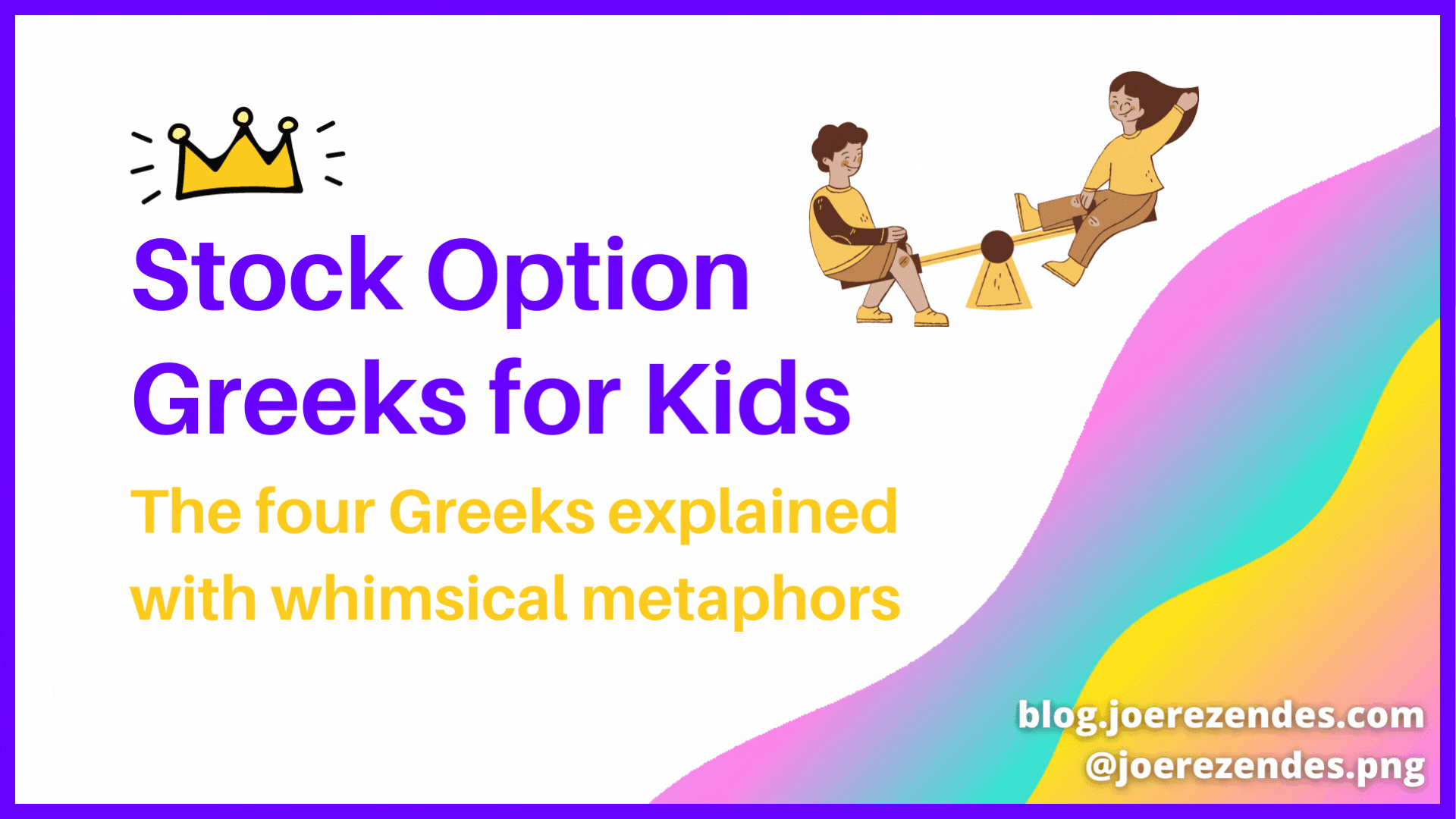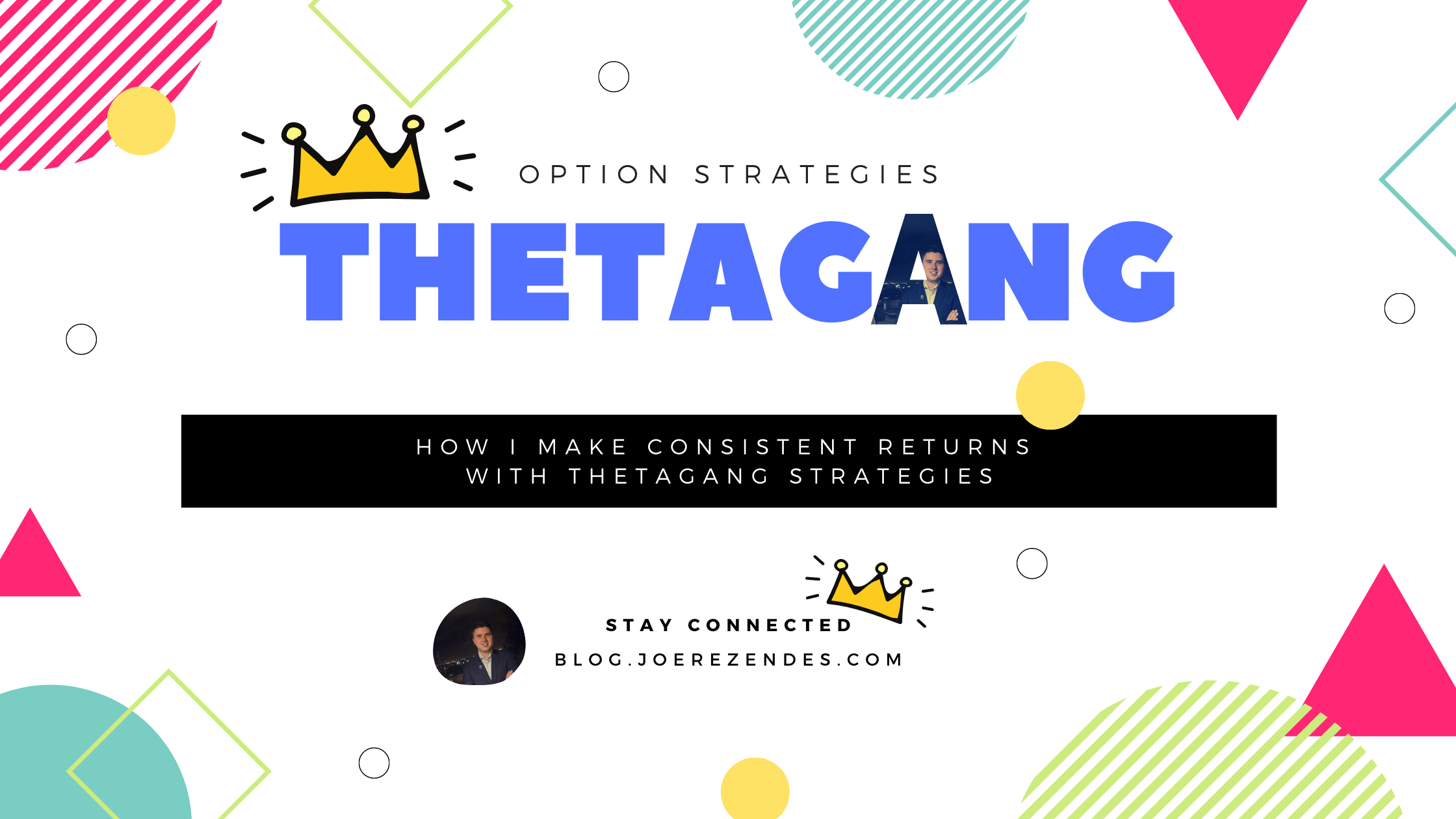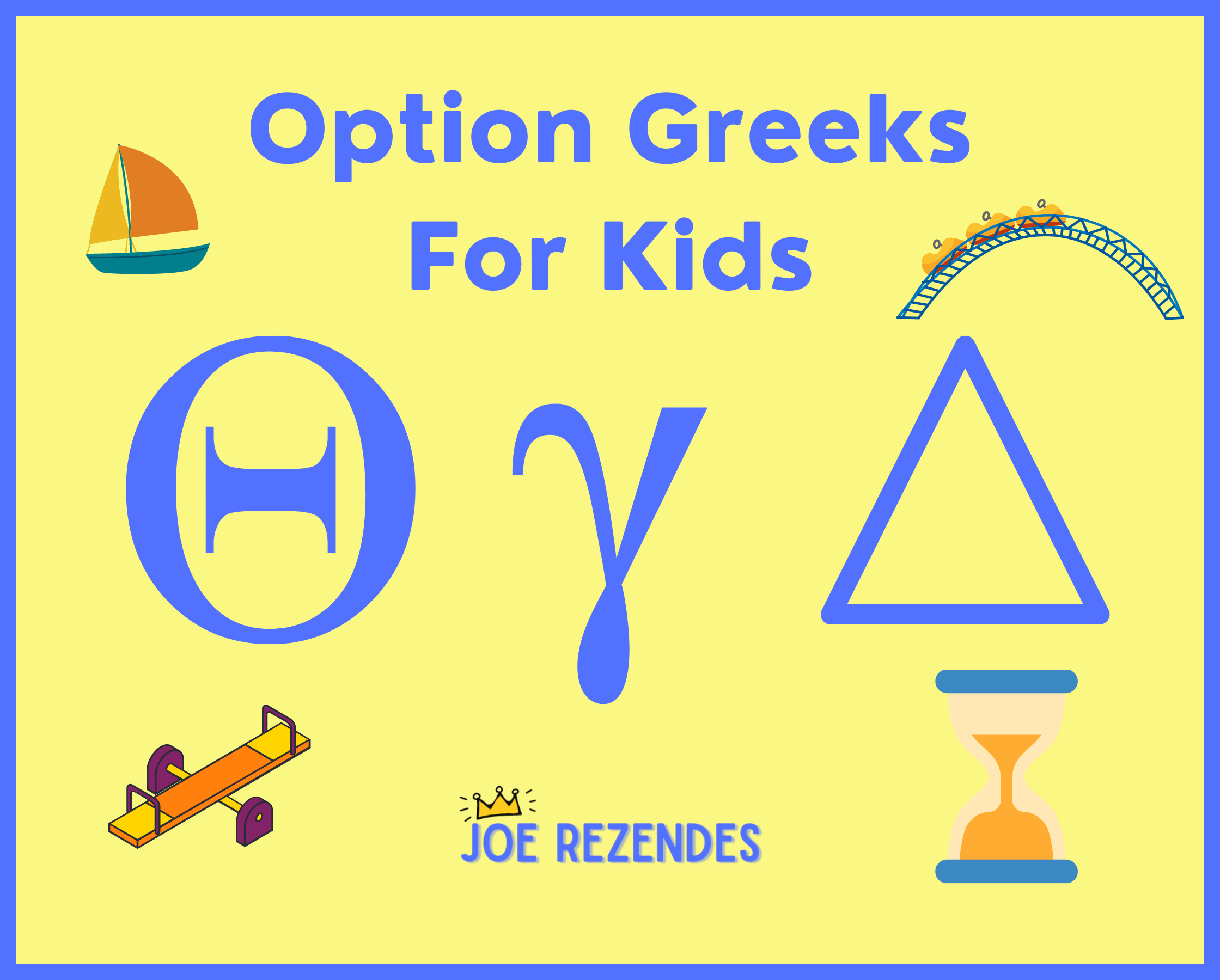
Sometimes we need things explained in simple terms.
Have you ever heard of "stock option greeks"? They might sound complicated, but they're actually just different ways to measure how much an option is likely to change in value. Here are some of the most common greeks, explained with whimsical metaphors:
Delta
Delta measures how much the price of an option is likely to change if the price of the stock it's related to goes up or down by $1.
Imagine a seesaw at the park. Delta is like the weight of the person on one end of the seesaw. If the person is very heavy (high delta), then it will take a lot more force to move the seesaw. If the person is very light (low delta), then it will be easy to move the seesaw.

Gamma
Gamma measures how much delta is likely to change if the price of the stock goes up or down by $1.
Imagine you're on a roller coaster, and you're trying to figure out how much the ride is going to go up or down. Gamma is like the hills on the roller coaster track. If the hills are big (high gamma), then the ride is going to be a lot more exciting (and the price of the option is likely to change a lot). If the hills are small (low gamma), then the ride is going to be a lot less exciting (and the price of the option is likely to change less).

Theta
Theta measures how much the price of an option is likely to change over time.
Imagine you have a hourglass, and you're trying to figure out how much sand is going to fall through the narrow part in the middle in a certain amount of time. Theta is like the size of the hole in the hourglass. If the hole is big (high theta), then a lot of sand (value) is going to fall through in a short amount of time. If the hole is small (low theta), then not much sand (value) is going to fall through in the same amount of time.

Vega
Vega measures how much the price of an option is likely to change if there is a change in the volatility (how much the stock is likely to go up or down) of the stock.
Imagine you're on a boat, and you're trying to figure out how much the boat is going to rock back and forth. Vega is like the size of the waves. If the waves are big (high vega), then the boat is going to rock a lot (and the price of the option is likely to change a lot). If the waves are small (low vega), then the boat is going to rock less (and the price of the option is likely to change less).

So there you have it! Stock option greeks might seem confusing at first, but they're just different ways to measure how an option is likely to change in value. Now you can impress your friends with your knowledge of greeks!
Interested in more? Check out how to make consistent returns using Theta Based Options Strategies.




